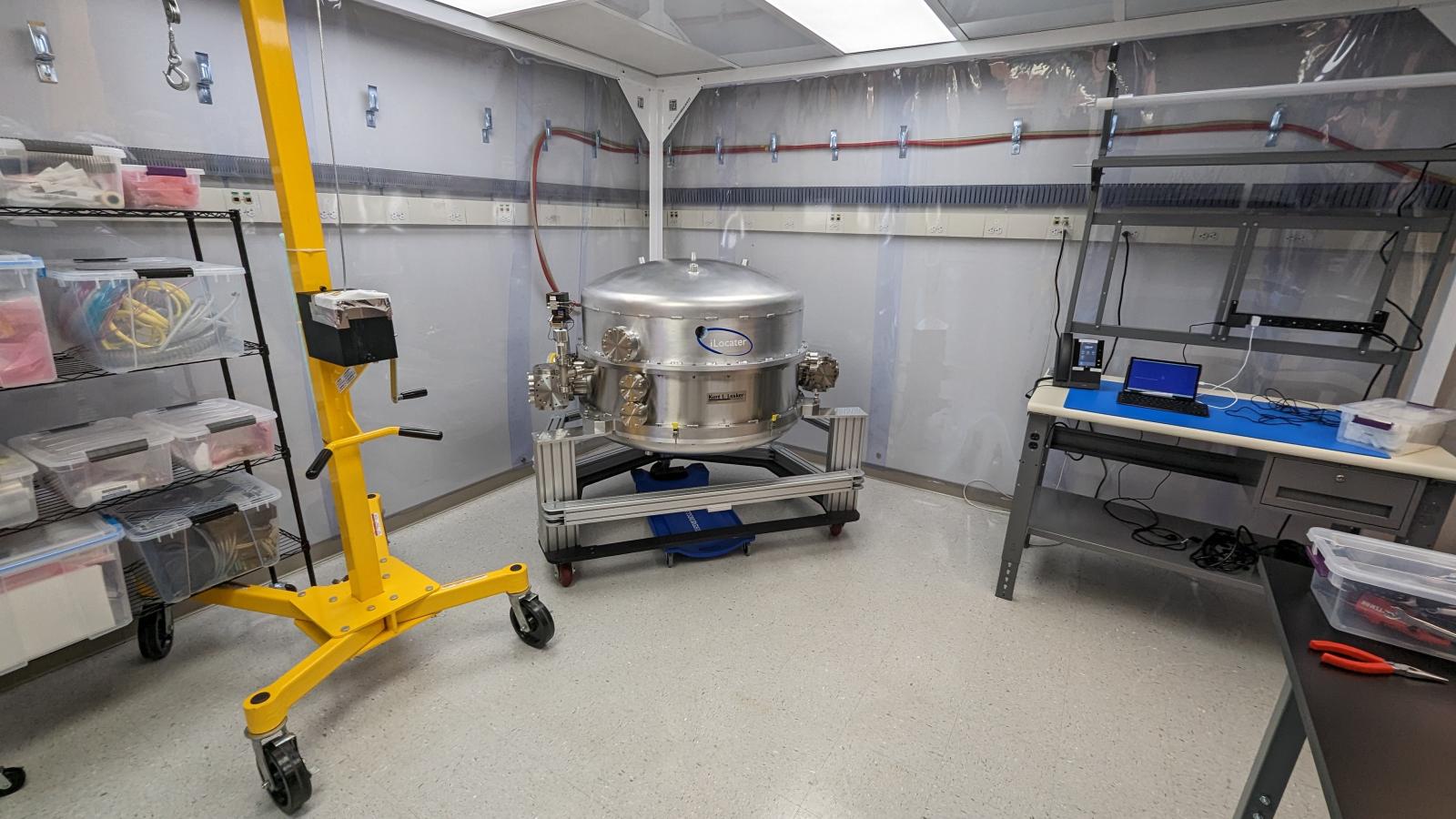Facilities Overview
The ISL is primarily located on the 4th floor of McPherson Laboratory on the main campus of The Ohio State University. In addition to staff and student offices, our instrumentation facilities include a dedicated machine shop and several laboratory spaces. This allows key technical tasks to be completed efficiently in-house including optical testing, optomechanical integration, electrical integration and systems testing.
Laboratory Space & Equipment
We have 2900 sq-ft of electronic and mechanical assembly labs on the 4th floor of McPherson laboratory. This allows multiple projects to proceed efficiently and independently when needed. We also have a 1700 sq-ft high-bay (17-ft ceiling) machine shop and assembly area in the basement of McPherson large enough to handle a large (4-5 meter length) instrument like MODS for an 8-10 meter class telescope.
Within the ISL spaces, we have a specific equipment and hardware to support instrument design and developing including a 144 sq-ft Class 1000 clean room, an industrial 3d printer, computer and detector laboratories, and an optics/small projects lab space.
Machine Shop & Fabrication
The dedicated ISL machine shop has 2 modern CNC machines (Haas UMC1000 5-axis and VF5 3-axis mills), a Haas CNC lathe, a Bridgeport mill, vertical and horizontal band saws, and a gas/arc welding station. The machine shop is run by a full-time master instrument maker, and has deep ties in Ohio's extensive light industrial base that gives us a wide range of capabilities.
Fabrication Jobs
The ISL shop will occasionally perform small-scale mechanical fabrication work for other departments within the College of Arts & Sciences at OSU. Please contact Jon Shover for more information.
Why does astronomical instrumentation require these facilities?
Building astronomical instruments requires a combination of skills, tools and resources that varies on the stage of an instruments development. In the early stages of the development process, most work is now done in specialized computer design programs which can simulate specific items, for example optical components or mechanical systems. However, as a design concept develops, the instrument might move into prototyping and testing which requiring a pathway to build examples of key parts to ensure they will work as expected. Having fabrication facilities on site significantly speeds up and advances this process making the overall instrument development more efficient.
As an instrument design moves towards full fabrication, often many components and systems need to be built, assembled and tested. This requires sufficient laboratory space, equipment, and personnel to ensure an instrument will be able to deliver the observations needed to answer its key science questions. Depending on the instrument design, this can be a complex process requiring large areas of space.

